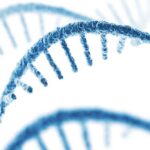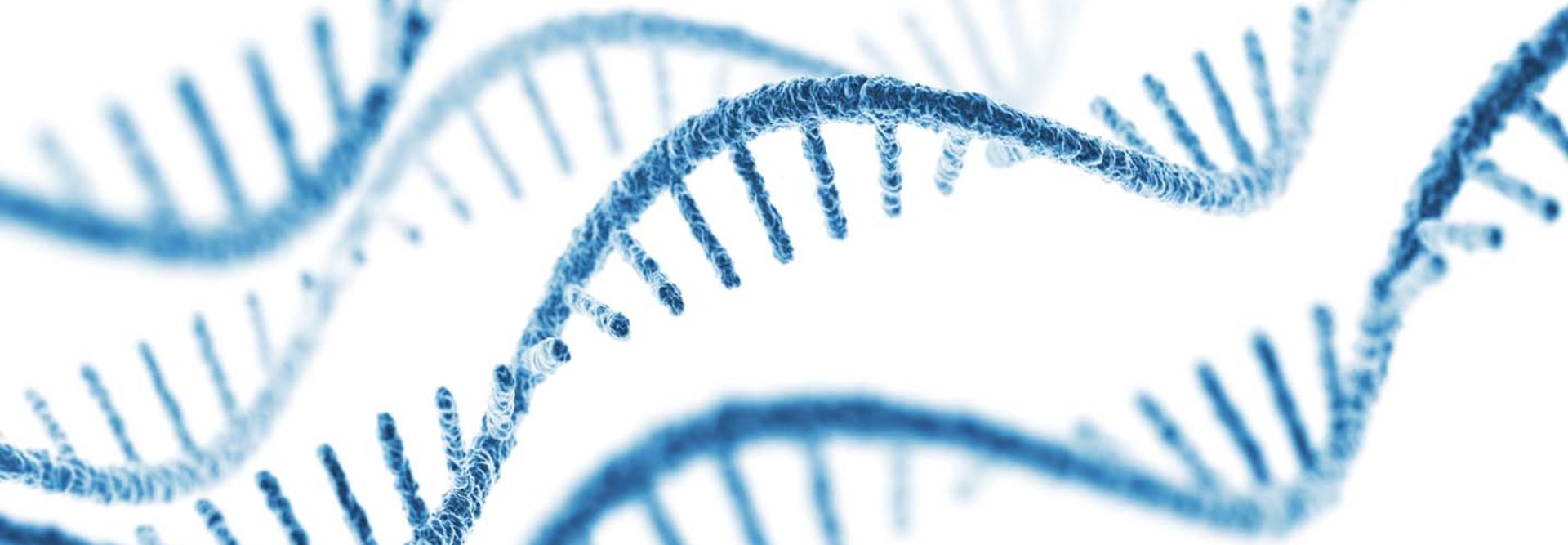RNA Data Storage Offers Advantages Over DNA
While DNA data storage scores big points for its longevity (DNA can last thousands of years when stored correctly) and for zero energy consumption, it’s still highly cost prohibitive, and reading that data is a slow process. But storing data in RNA, due to differences in the molecule’s makeup compared with DNA, has the potential to be less expensive and much faster.
What makes data storage with synthetic DNA expensive is the cost of each cycle required to add symbols (A, T, G, C). Since a DNA symbol can be encoded with only 2 bits of binary data, storing more data requires more cycles, which adds to the cost. This is where RNA may offer a better solution.
This research is being done at the university level, led by Olgica Milenkovic, a professor at the University of Illinois Urbana-Champaign and co-founder and co-director of the school’s Center for Artificial Intelligence and Modeling at the Carl R. Woese Institute for Genomic Biology.
“DNA has very few symbols to offer because chemical modifications with DNA are rather limited — methylated Cs, methylated As — so your alphabet with DNA cannot be very large if you wish to reduce the number of cycles. But if you switch to RNA, you have a large number of naturally occurring modifications in the RNA alphabet,” she says.
For example, if every A in RNA has 50 modifications, then instead of having just four symbols to carry bits of data, there are roughly 200 symbols to work with, Milenkovic explains.
RELATED: What are all these AI tools going to do to higher ed IT infrastructure?
RNA-Encoded Data Offers Challenges and Opportunities
There is a catch: It’s these very advantages of RNA over DNA that pose a challenge. Milenkovic says that RNA possesses a “much, much larger alphabet, and these modifications exist in nature, so if you can find methods to synthesize such modified RNA, it has multiple domain applications,” including drug design and agriculture. “The problem is, RNA synthesis is much more complicated than DNA because of all the chemical modifications.”
The other big challenge that remains is how to read this RNA-encoded data. All of this means that the actual application of RNA in data storage “might take a while,” says Milenkovic, who points to a lack of investment in RNA sciences compared with that in DNA sciences.
Universities are hubs for this type of groundbreaking research, and while DNA- or RNA-encoded data may not be a possibility for institutions in the near future, advancements in this research could lead to data center breakthroughs that affect higher education. According to Milenkovic, “people are trying to really push for establishing a nationwide initiative for RNA. It is a work in progress, and everyone in the area is excited about it.”
#UniversityLed #Research #Explores #RNABased #Data #Storage










